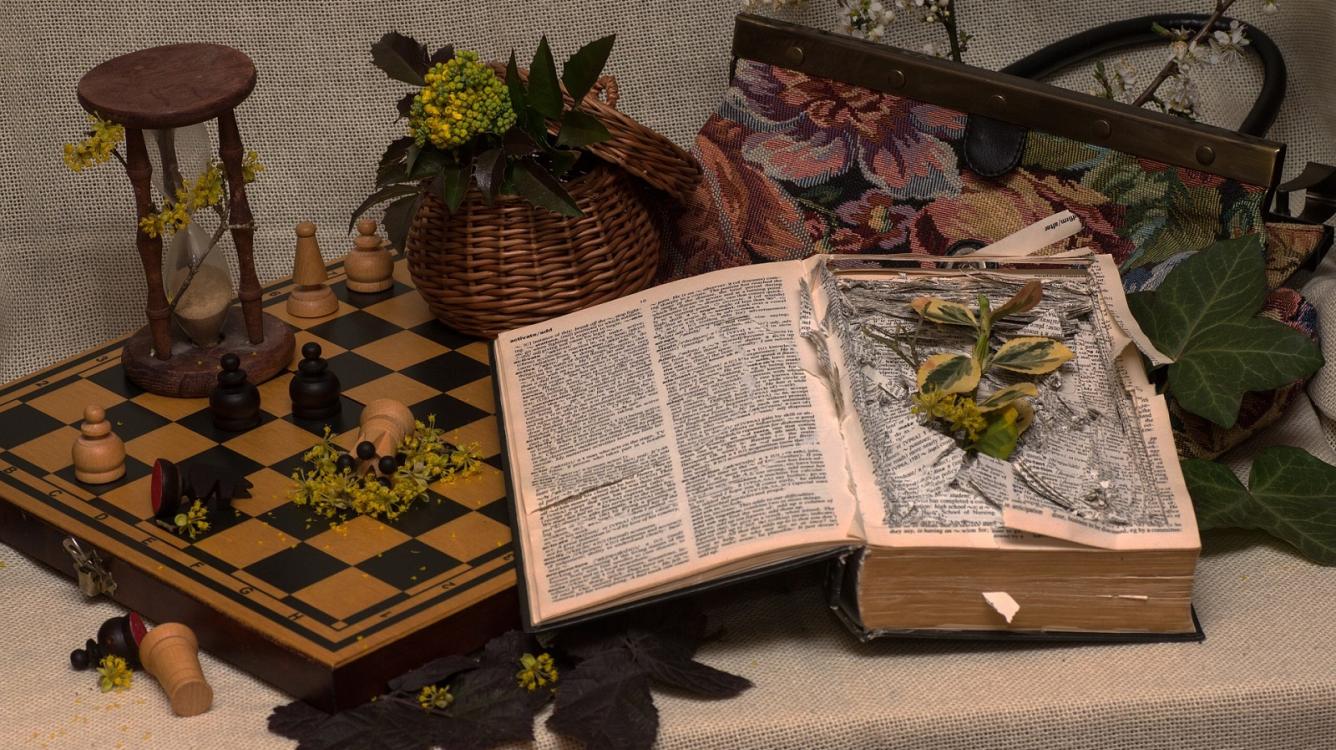
How do we appreciate time? A history of chess clocks
The world has evolved in the last 20 years more than it has in the last 100. About 70% of the jobs that will exist in 2040 have not yet been invented. We are in a full technological revolution. All things advanced with dizzying speed. In a logical consequence, the sport had the same trajectory.
Of all the choices I could make, I had to stop at ... chess. The chess we know today is an attractive game because it has managed to adapt to the times. Today we have live broadcasts and commentaries from the tournaments at a click away. The pace of the game has become much more dynamic, all the news are “running” from one continent to another with the lightning speed, and those who want to learn this white-collar sport have a multitude of sites where they can do it. But can we still appreciate all these things?
How did the chess clocks appear in the picture?
In the beginning of the 19th century, there were not even chess clocks. An official match lasted on average between 8 and 9 hours. In 1843, the match between Howard Staunton and Pierre Saint Amant had 21 matches. Only one of them lasted more than half a day, more precisely, 14 and a half hours. It was no longer about chess and the strategies on the 64-square board. The result was largely decided by the endurance of each player. Spectators?! They didn't know how to find the way out of the room faster.
The first major chess revolution began in 1852, when a quasi-unknown writer named Andrew Cantab wrote an article in which he argued that each player should have limited time for the entire game. Moreover, he proposed a solution: the introduction of hourglasses with sand.
The idea was immediately supported by one of the greatest visionaries of the time, Howard Staunton, among others - the inventor of the classic set of pieces and one of those who, as mentioned above, felt on his own skin why need that. Yes, since then you needed a good P.R. to be able to implement a new concept!

The propaganda was successful, and the hourglass was officially introduced to a tour for the first time in 1861, at the match between Anderssen and Kolisch, in London. The agreed playing time was 24 moves in two hours.
Even if it was an imposed rhythm, overcoming it did not lead to the loss of the game (as it happens nowadays), the player in question received a simple warning from the referee. This was played for a long time, until it was realized that temperature and humidity affect the accuracy of sand drainage.
A new change was needed, so Thomas Bright Wilson and Joseph Henry Blackburne invented the first chess clock in 1883. It went into production under the Fattorini & Sons of Bradford brand. Yes, in addition to a good P.R., there was also marketing, as you can see!

The playing time was shortened, reaching 15 moves per hour, and the player who could not fit in this interval lost the game. Even though it may seem trivial now, the decision came as a shock to the world of nineteenth-century chess. The new watches were also used during the match for the world title, which took place in New York between Steinitz and Lasker.
Six years later, in 1889, the famous "flag" was introduced by H.D.B. Meijer, Secretary General of the Dutch Chess Federation. The flag indicates to the player that he only has 3 minutes until the time expires. It took another 20 years for the flag to be mounted on all chess clocks.
Technology conquers chess as well
I remember with great pleasure the first chess clock that fascinated me. It happened in the late 90's, when I was invited to play a rapid tournament at Novisad. At the time, the largest suppliers of chess material were in Serbia. That was also the first tournament where I didn't have to bring my own chess set from home. The watch I was telling you about was made by Insa. The novelty was the flag that indicated how much time you had during the last minute of the game. Ideal for all players who liked to play at the limit. It was love at first sight!

In 1973, the first digital clock was invented by Bruce Cheney, a student at Cornell University. After another 15 years, a new revolutionary was to impose his ideas, none other than Bobby Fischer. The American patented an upgrade: the chess clock that adds a certain time after each move, known today as "increment".
The years have passed and digital clocks have taken over the entire market. The time of analog clocks is long gone. But what does the future hold for us? Is that how chess will look like? Will we be nostalgic even then?
That's right, technology has invaded everyone's lives, but now, we can't imagine an important chess tournament without a live broadcast. As it would seem bizarre to us a Grand Slam match without hawk-eye or a Champions League final without VAR.
Article published on We Love Sport. If you enjoyed it, please click the LIKE button.

